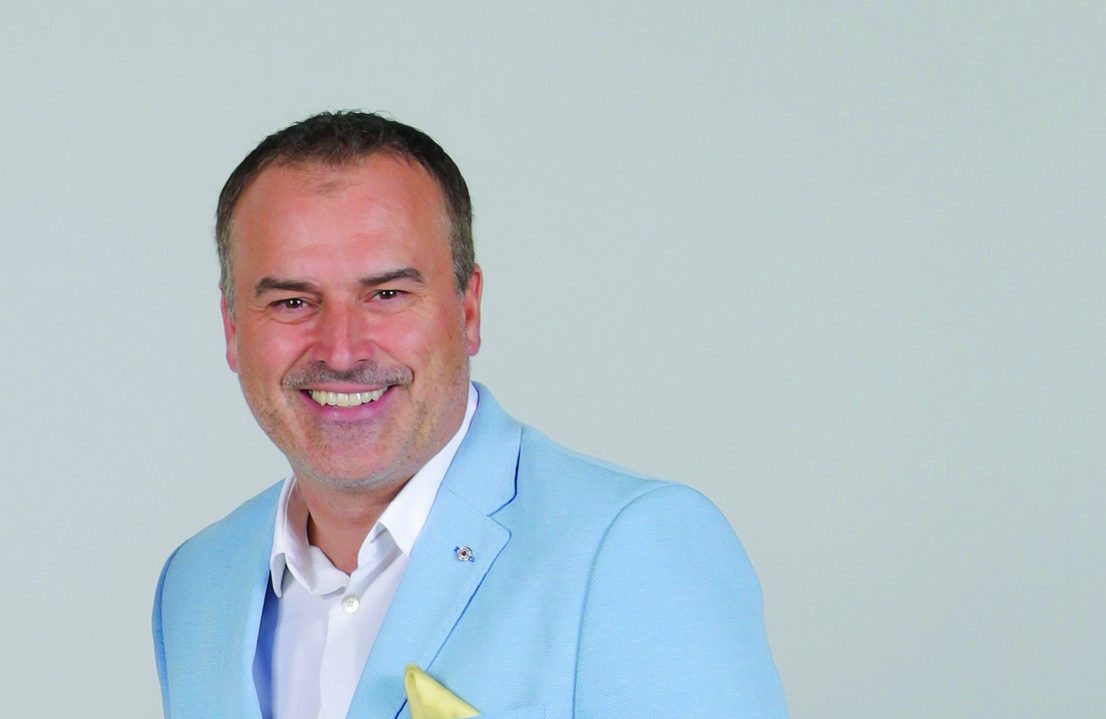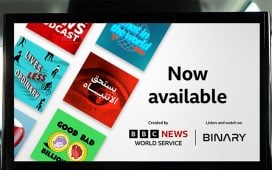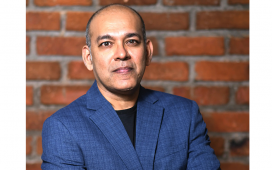
By Austyn Allison
Hypocrisy is the monster under the bed for purpose-driven brands.
Purpose and integrity are becoming more and more key to marketing strategies, and it is as rare to find a multinational company without a world-bettering corporate slogan as it is to find a big-budget ad that doesn’t focus on improving humanity’s or the planet’s lot.
The marketing world is awash with data showing how Generation Z will choose a brand for its values – and drop it just as fast if it doesn’t uphold the ideals of its customers. One whiff of a company not practising what it preaches and a cloud will hang over it for a long time.
Brands are looking at their own practices and partnerships, and changing even the most established of these.
James Wright, global CEO of Red Havas, Havas’s PR network, gives the example of Lego, which severed its partnership with UK-Dutch oil company Shell in 2014. Since the 1960s the Danish toymaker had sold sets of its bricks in Shell forecourts, but eventually pressure from environmental groups mounted so much that the deal was not renewed.
“[Lego] had this 50-year partnership with Shell and decided, ‘It should no longer be part of our future, because our values should be about creating a world tomorrow that is better for the kids that play with our products,’” says Wright. “They have removed themselves from that partnership and have now also moved towards a sustainable model of creating all their pieces from sustainable materials.”
Wright visited Dubai recently to launch Red Impact in the region. Red Impact is the global ESG (environment, social and governance) practice within Red Havas. Wright calls it “a strategic effort to bring more of our global experience and knowledge together to better affect organisations, whether they are government, non-government, or indeed brands”.
“Purpose is being pressure-tested like never before,” says Wright, who refers to what he calls ‘The Three Ps’: “You’ve got the pandemic; you’ve got polarised politics, which is creating very tricky waters for brands to operate in; and then you’ve had protests (around the murder of George Floyd, around climate change and around greater diversity).”
He says he likes to ask the question: “Are you painting the toilet or are you fixing the plumbing? As in, actually making a change and a difference with what you are saying you are doing as an organisation.”
Organisations make promises, says Wright. But then, “you need to do the checks and balances that you are actually going to deliver on those. Because at some point, whether it’s the media, whether it’s your employees, whether it’s a shareholder, or whether it’s some stakeholder, someone is going to ask you: Where are you at with the progress around these commitments you’ve made?”
If a brand shares the story of its journey, it helps protect itself from accusations of hypocrisy. “If we’re on that journey, we have milestones,” Wright says. “We are going to be transparent about how we can hit those milestones. Brands should talk about those challenges, because the reality is that other companies are having the same problems.”
“The holy grail is to create an emotional connection with your consumer,” says Wright.
This is a point that Rusty Beukes agrees with. Beukes is Red Havas Middle East’s newly appointed creative director. “The PR landscape has obviously changed such a lot over the last couple of years, where people will want to relate to something,” he says. “Consumers want to be able to relate to the content piece or the messaging put out there.”
He continues: “The more you do creative storytelling within those PR and communication assets that we put out there, the more the consumer can relate to it.”
“How do we create content and stories for clients that mimic the way in which people consume media?” asks Wright. He answers himself: “We believe that the future for PR is in the ‘merged media’ landscape. What we mean by that is how channels are all merging into one. It’s hard to tell the difference between different channels, to tell the difference between paid, owned and shared.”
That is why, within the Havas ‘Village’ model, where practices including PR, media and creative are closely integrated, Red Havas operates as a ‘micro network of merged media agencies’. That is to say, it’s in strategic markets that are important to its clients, unlike the “mass networks” of some competitors, says Wright.
Compared with Havas’s traditional creative offering, which focuses on above-the-line work, Beukes says, “what we do here is we lead with creatively led communications”. He adds: “It’s a lot faster in terms of turn-around, a lot quicker in terms of ideation.”
Brands are regularly trying to get as close to ‘authentic’ as they can. They are doing this through a form of curated honesty in their communications strategy. That strategy is quick, and sometimes it is a benefit to be a little unpolished. That’s fine as long as the message avoids seeming hypocritical.









